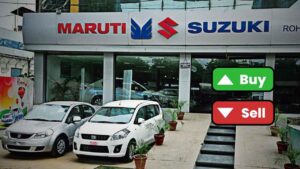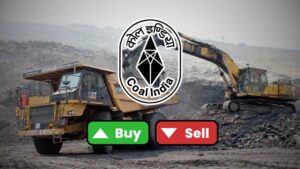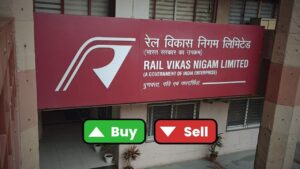In the complex world of marketing analytics, successfully targeting promotions to drive growth hinges on more than just reaching the right audience—it requires a blend of strategic insight and technical innovation. Understanding customer behavior, recognizing buying patterns and using data-driven tools are all keys to crafting campaigns that appeal to different customer segments and have the greatest revenue impact.
Ankit Bansal has taken up the challenge with a tool to change the way that his company promotes, and in the process, to change the way that his company does business and relates to customers.
His journey began with immersion in all manner of promotional categories, reflecting specific customer groups and requirements. From lapsed and non-buyers to customers with specific product preferences, he worked to understand and apply diverse promotional strategies that would appeal to each type of buyer.
The initiatives included promotions like WINBACK for both commercial and residential customers who had discontinued services, encouraging them to re-engage. He also came up with strategies to sell other business units to the same customers.
This promotion plan was a blanket, leaving no customer un-targeted, and every promotional push was tailored to fit customer profiles and tastes.
Taking ownership, he quickly became the single point of contact for generating eligible customer lists for each type of promotion. The work on this front was instrumental, simplifying a previously time-consuming process. By making it easier to build specific lists of potential customers, it was made possible for marketing departments to run campaigns more accurately and quickly. This success led to his designation as the primary individual responsible for all analytical deliverables related to promotions. His work was so appreciated that the company paid him a retention bonus of about $20,000, a testament to the business value of his accomplishments.
“We built a Promo Engine, an automated system that took the customer segmentation and eligibility work out of running promotions”, Ankit remarks. He and the team ran some winning campaigns against lapsed and non-buyers, which helped to open the door for this grand project. “By proactively reaching out to lapsed customers and non-buyers with promotions, companies can enhance their brand image as customer-centric and responsive”, he suggests.
The Promo Engine soon became a vital tool for the business teams, who could create lists of potential customers themselves, without needing to call on the analytics team to do it for them, all the time. Prior to the Promo Engine, it used to take up to two months to create a customer list for a new promotion. This automated tool compressed the timeline to the remarkable 30-minute mark, drastically reducing lead times and rendering the process open to and self-reliant on marketing teams.
He recalls, “Creating the Promo Engine from scratch presented many technical and logistical challenges”. A central problem was to make the platform easy enough for non-technical users to run without much training. “To solve this, we chose a platform that could run a.EXE file on individual laptops, so that business teams could easily access and use the Promo Engine”, he added. This tool streamlined a process that had previously required multiple departments and allowed it to be handled efficiently in one place.
The automation proved useful during the COVID-19 pandemic, a period of upheaval in which customer behavior changed in radical ways. Household consumers grew more significant, as business customers, locked down and shuttered, scaled back or eliminated their service. The Promo Engine’s speed and precision allowed it to create promotional campaigns that increased revenue, and kept the business weathering the disruption. At the close of the project, the optimized and automated system allowed the company to send hundreds of targeted promotions a year.
Reportedly, through these efforts, the organization saw a 12% revenue increase, translating into a substantial jump from $20 million to $30 million—a testament to the Promo Engine’s impact on the business’s bottom line. Ankit has written a research paper on ‘Revolutionizing Revenue: The Power Of Automated Promo Engines’, showcasing his acumen in the field.
His approach was based on ensuring transparency and validation of the customer lists generated by the Promo Engine. Business teams wanted a way to confirm that the lists accurately represented their target audience before launching campaigns. To address this need, he created a feature that displayed summaries of potential customers, including monthly revenue and eligibility requirements. This additional layer of confirmation made the Promo Engine credible and allowed marketing departments to move forward with confidence.
To maintain and service the Promo Engine, he was eventually joined by a group of Cognizant Contractors, and was responsible for the ongoing maintenance and development of the Promo Engine.
As the Promo Engine became a cornerstone of the marketing strategy, business teams could independently run new promotions, making it a valuable asset that underscored the company’s commitment to data-driven decision-making. The automated solution proved invaluable, especially in handling customer-specific promotions across different channels
Ankit Bansal’s path is a journey of creative thinking and strategic execution. By reducing promotional timelines, simplifying complex workflows, and driving a significant revenue boost, he demonstrated how analytical tools can transform marketing processes. The Promo Engine is a monument to his vision and his knack for turning data insights into business value, and charting a course for the company that can weather the storms of unknowable market conditions.












